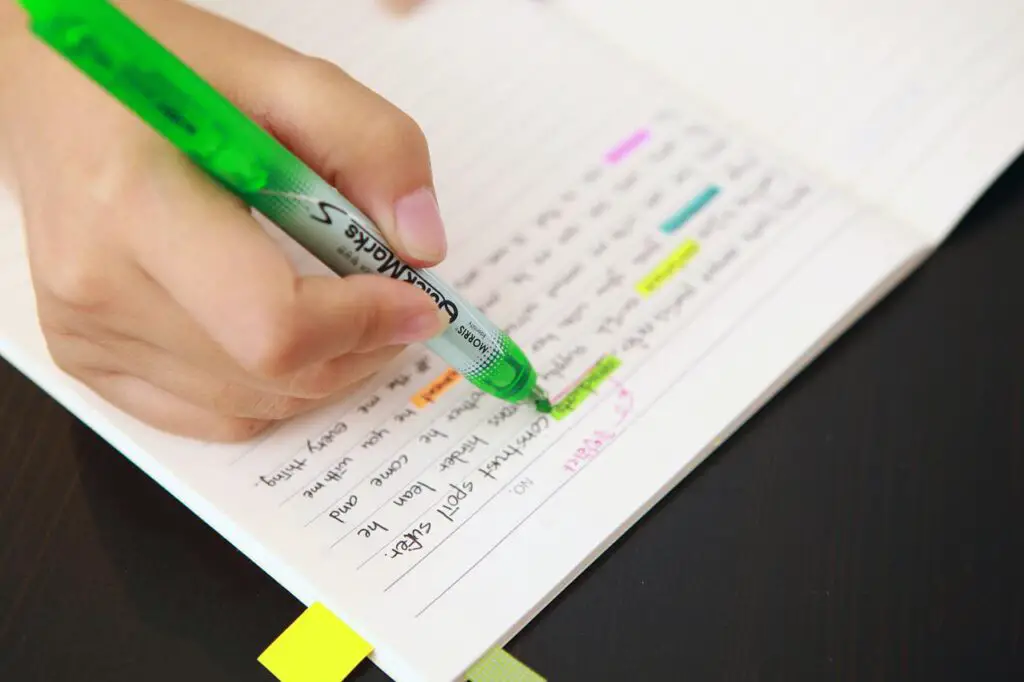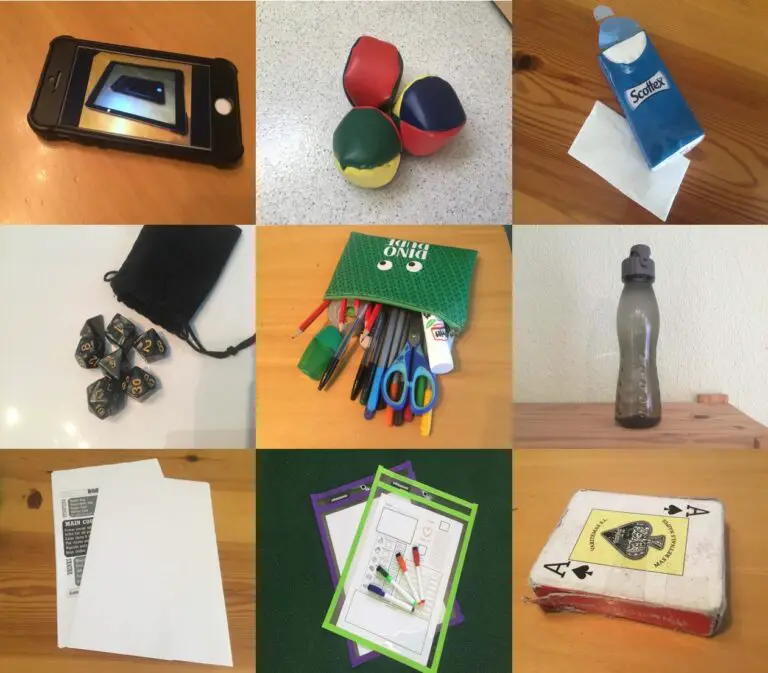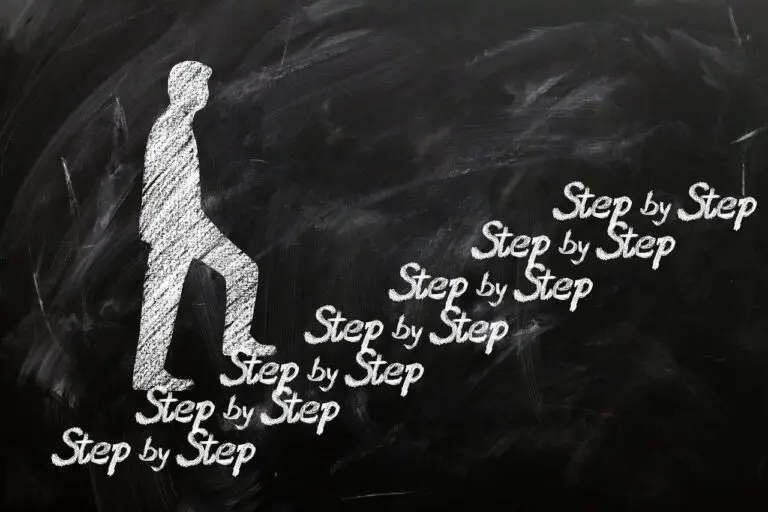Ah, writing correction. Time-consuming, exasperating, and often pointless when students don’t pay attention to the feedback you give them. Is it even worth bothering?
Yes! But you may have to change your perspective on how to correct writing assignments to get the results you desire. The traditional method of covering the paper in red ink and handing it back to the poor student is something which should stay in the past.
Instead, many teachers are developing new strategies. In this article you can learn my way of doing things. It’s based on years of private classes, exam preparation and public school experience. It’s a method that has tangible, realistic benefits.

If you’re struggling to get your students engaged with writing, try one of my 9 Exciting EFL/ESL Activities for Writing & Spelling.
So let’s get straight to the steps.
- Identify the purpose of the writing assignment.
- Treat writing tasks as iterative exercises.
- Highlight things for students to change.
- Avoid correction overload.
- Praise good writing.
- Develop a marking code – colours are great.
- Search for common patterns for focused attention.
- Give specific, targeted feedback.
- Follow up on later drafts.
1. Identify the purpose of the writing assignment
The first step in this method takes place before you even assign the writing to your students.
Ask yourself: “What is the purpose of the task? What elements of English are students going to practice?”
Let’s say you task your students with writing an email to their friend in another country. You give them a short prompt in which the friend asks some questions, and you have your students respond.
What’s the purpose of this writing? If the answer is “I don’t know,” or “to just practice their general writing,” results are going to be limited. Much better would be “asking and answering questions in an informal register because that’s what we’ve been studying in class.”
With a specific aim like that, you can set focused criteria for assessment rather than trying to correct everything.
2. Treat writing tasks as iterative exercises
Iteration is a word with a few meanings. In this case, I’m taking the Merriam Webster definition:
a procedure in which repetition of a sequence of operations yields results successively closer to a desired result
https://www.merriam-webster.com/dictionary/iteration
It’s generally a mathematical or computational term, but it applies perfectly here.
Think about how professional authors write. They go through several drafts of their work, improving and polishing each time. Their first attempt is rarely of the highest quality. But by going over and over their words, making modifications each time, they refine it until it’s the best version it can be.
Now, your students aren’t professionals. Neither should you expect them to be, but you can learn a lot from how the pros do it.

So many writing assignments are set, corrected, then stuffed in a folder somewhere never to be seen again. Do you really think your students are going to analyse all the corrections you made? Or do they just take a cursory glance and forget about the whole ordeal?
Don’t let this happen. Frame writing tasks as a work in progress. The first submission is not the final piece of work – have them do a second, third, or even fourth draft.
This way, students actually learn. They will use your feedback to gradually improve their skills.
3. Highlight things for students to change
While it may seem counter-intuitive, the best correcting method is not to correct anything at all.
If you give your students the right answer straight away, they’ll make the change, but won’t really internalise the correct form. Instead, you want them to make the correction themselves.
How do you do this? Draw their attention to the mistake and give them a hint on how to fix it.
Let’s say the student writes: “When you are coming to visit?”
Here, you could give them the answer by drawing an arrow to indicate the words “you” and “are” should change places. Okay, great. They switch the words in an instant, then move on. Have they really gained anything?
Instead, simply underline “you are” and write “remember how we ask questions in English.” Your student has to do some of the work and fix it on their own themselves. They know something is wrong with the sentence construction from the hint you gave, so they can go away and try to solve it.
Do you remember the purpose of the writing task? It was “asking and answering questions in an informal register because that’s what we’ve been studying in class.“
So you recently practiced constructing questions. Your student can look at their recent notes or an explanation in the textbook and find out what they’ve done wrong.
It’s a much more powerful way of learning.
4. Avoid correction overload
The idea in step 3 seems wonderful, right? If students had to figure out the way to fix all their mistakes, they’d learn so much!
No. If they had to do that twenty times in a writing that’s 100 words long, they’d get stressed and frustrated. It’s too much.
When marking work, it’s tempting to correct every single mistake. Resist. There are a few reasons why doing this is bad.
- Lots of mistakes demotivates students.
- Some errors are too advanced for students to fix.
- Trying to do too much at once takes away from the focus of the assignment.
So what should you correct?
Well, this is where the idea of drafting comes in. For each draft, you can focus on a different aspect, fixing up a few things rather than trying to cover everything at once.
Our writing purpose was “asking and answering questions in an informal register.”
For the first draft, I’d focus on identifying mistakes related to sentence structure in questions. Things like word order (auxiliary verb before subject), the use of question words (what, who, when, etc.), correct punctuation, etc.
You could also use this draft to ensure they’ve sufficiently answered the questions from the prompt.
In the second draft, I’d focus on the use of informal writing. Pick out areas where students have written phrases like “we are going to the cinema” and challenge them to use a contraction – “we’re going to the cinema”.
Then, in the final draft, I’d focus on things like spellings, very basic grammar mistakes, and any punctuation errors that aren’t related to questions. Like a proofread. But don’t get hung up on things that are beyond their level.
In the final draft, you may consider giving the correct answers for things that students are really struggling with. If they’re still unable to fix it, help them out.
Using this method, you don’t have to correct too much in each draft. Important information doesn’t get lost in the weeds, and you can focus on one thing at a time.
5. Praise good writing
This is the easiest thing to do, but so many teachers neglect it.
When a student writes something well, let them know it. Do this in every draft, making an effort to praise those things you highlighted before and the student has now fixed.
This is so important for continued motivation. In fact, try to praise as much as you criticise, if not more.
6. Develop a marking code – colours are great
There are various different writing correction codes out there. Some use initials, others use symbols, but my preference is using colours.
- Purple = really good writing
- Green = grammar mistake
- Blue wavy line = spelling error
- Orange = something that isn’t wrong but could be worded more naturally
- Red = content issues like not sticking to the topic
- Yellow = repeated vocabulary – can you use a synonym for variation?
At first, you need to supply your students with the code so they know what’s going on. But after a few assignments, they’ll have it locked in.
I like colours because they’re immediate and visual. You can also write comments related to the error in the corresponding colour, and write lots of purple praise.
Of course, by following the draft method, you might omit some colours for certain drafts when it’s not something you’re focusing on.

I recommend getting a set of fine-tip markers and establishing your own code.
If you have colourblind students, use a different marking code – there are plenty to find with a quick Google search.
7. Search for common patterns
When you’re going through students’ work, you may see things that appear again and again. Repeated grammar mistakes. Consistent spelling errors. An inability to use commas correctly.
There are two levels at which this happens: the student level and the class level.
At the student level, look for repeated errors of the same type, especially if they’re related to the purpose of the writing. But even if they’re not, they’re worth spending some time on. In step 8, we’ll look at giving specific, targeted feedback to solve this kind of thing.
If such mistakes appear in lots of different students’ writings, you’ve found a larger issue. You should still give feedback to the individual students, but also consider planning a lesson to remedy the problem.
8. Give specific, targeted feedback
Just highlighting errors and good writing in the text isn’t enough. It’s certainly a great start, but if you really want to boost your students’ learning, you should go a little further.
I’m talking about comments at the end of the writing. And no, you don’t have to spend hours going into every little detail.
Focus on what’s important. Did you notice any patterns of repeated mistakes? Did the student really struggle with which question word to use? Or did they consistently get words in the wrong order?

If they did, tell them. Let them know where they had difficulties and point them in the right direction so they can try to fix it. This might mean putting a mini-explanation at the end of the writing. Or refer them to a page in the textbook.
Even better, make time in the next class to go over the sticking points with students who were having trouble. You might group students – one group who struggled with word order, another with question words, and a third with punctuation.
And don’t forget to write plenty of positive comments at the end of the writing. Praise them for using great vocab. Let them know you’re really happy with their spelling. I’ll say it again – praise as much as you criticise, or more.
9. Follow up on later drafts
Following this system of drafts gives so many benefits to your students. But it does involve a little extra effort on your part.
Organisation and consistency are crucial. If you lose sight of which draft you’re on, or never get your students to hand in the third draft, your students will quickly assume it’s not important. They’ll stop reading your feedback and the whole thing will fall apart.
Here are some tips to avoid this happening:
- Keep all drafts of the writing in the same place. Consider getting a notebook for each student if they don’t already have one. If they’re writing on sheets of paper, when you correct a draft, staple a fresh sheet to it for the next iteration.
- Set a regular schedule for submissions. The first draft will take the longest, but subsequent ones can be done in less time. Plan deadlines and stick to them.
- Let students know in advance how many drafts they’ll do for each assignment so they don’t get surprised when you make them rewrite it three times.
- With older students, consider submission and correction online. This avoids sheets getting lost and allows you to keep track of progress more easily. Google Classroom is a great free app. For more great apps for teachers, check out my list: 9 Best Free Apps for EFL/ESL Teachers and How to Use Them.
- Keep assignments short so you don’t get overwhelmed by too much marking. 100-150 words is plenty for teens and adults, and 50-100 is fine for kids.
Conclusion
I feel like writing often gets neglected by EFL/ESL teachers. They see their corrections have minimal impact, and it takes up a lot of their planning time (even eating away at their free hours).
It doesn’t have to be like this. Using the draft system with shorter assignments, marking doesn’t take long. And it has an impact. When students see you taking it seriously and caring about their progress, they’ll appreciate the value you’re giving them.
You can be the teacher who makes English writing a worthwhile and enjoyable experience!
Remember, if you’re looking for fun ways to involve writing in your classes, check out my 9 Exciting EFL/ESL Activities for Writing & Spelling.
And for more guides and tips on teaching EFL/ESL, check out the articles below:
Best Method to Improve EFL/ESL Students’ Vocabulary: 9 Steps
Why All EFL/ESL Teachers Should Use Role Play Activities
9 Items Every EFL/ESL Teacher Needs for Brilliant Classes
9 Engaging Homework Ideas for EFL/ESL: No worksheets!
What Should You Teach EFL/ESL Students? New teacher guide
Gamification in EFL/ESL: Guide to motivating students
5 Fun & Practical Weather Activities for EFL/ESL Kids
How to Give Instructions in an EFL/ESL Lesson: 5 best tips
How to Use Arts and Crafts in EFL/ESL + 7 easy activities








